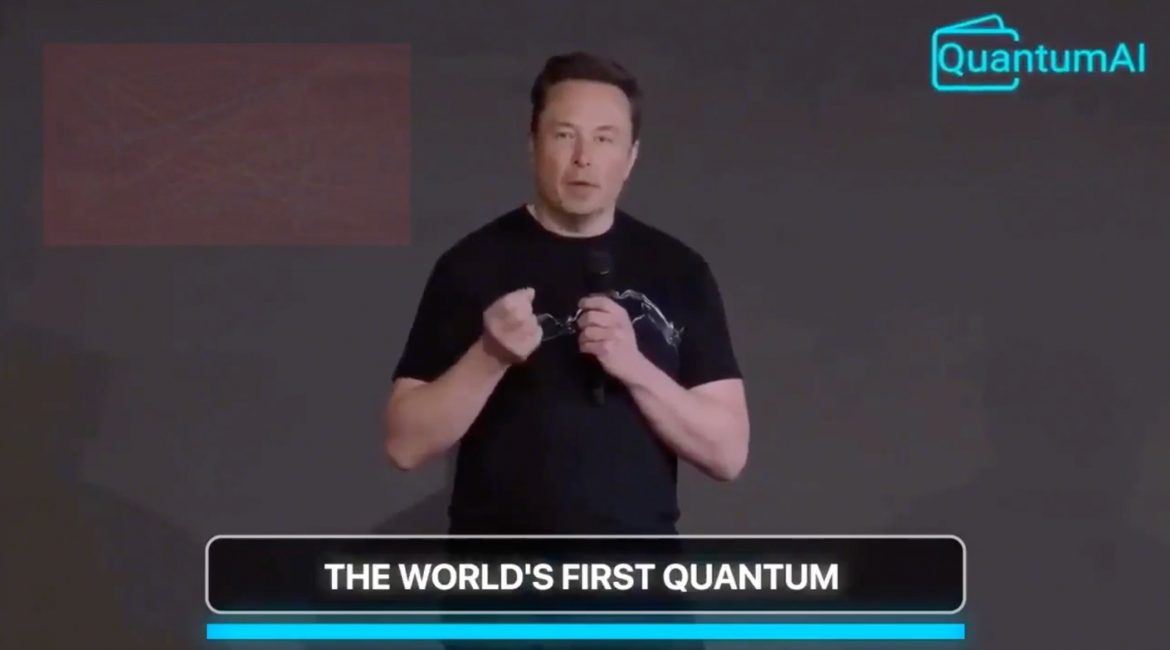Our researchers discovered dozens of scam campaigns using deepfake videos featuring the likeness of various public figures, including CEOs, news anchors and top government officials. These campaigns appear in English, Spanish, French, Italian, Turkish, Czech and Russian. Each campaign typically targets potential victims in a single country, including Canada, Mexico, France, Italy, Turkey, Czechia, Singapore, Kazakhstan and Uzbekistan.
Due to their infrastructural and tactical similarities, we believe that many of these campaigns likely stem from a single threat actor group. We have observed this threat actor group using deepfake videos to spread fake investment schemes and fake government-sponsored giveaways.
As of June 2024, we had discovered hundreds of domains being used to promote these campaigns. Each domain has been accessed an average of 114,000 times globally since going live, based on our passive DNS (pDNS) telemetry.
Starting with a campaign promoting an investment scheme called Quantum AI, we studied the infrastructure behind this campaign to track its spread over time. Through this infrastructure investigation, we discovered several additional deepfake campaigns leveraging completely different themes that the same threat actor group created and promoted. These additional scam campaigns used different languages and the likeness of different public figures, suggesting that each campaign is intended for a different target audience.
Despite the use of generative AI (GenAI) in these campaigns, traditional investigative techniques remain useful to identify the hosting infrastructure leveraged by these threat actors. As the malicious usage of deepfake technology increases among threat actors, so should defenders’ efforts to proactively detect and prevent these types of attacks. Customers of Palo Alto Networks are better protected from these attacks via Advanced URL Filtering, which will continue to detect and block websites that are used to propagate deepfake-based scam campaigns.

